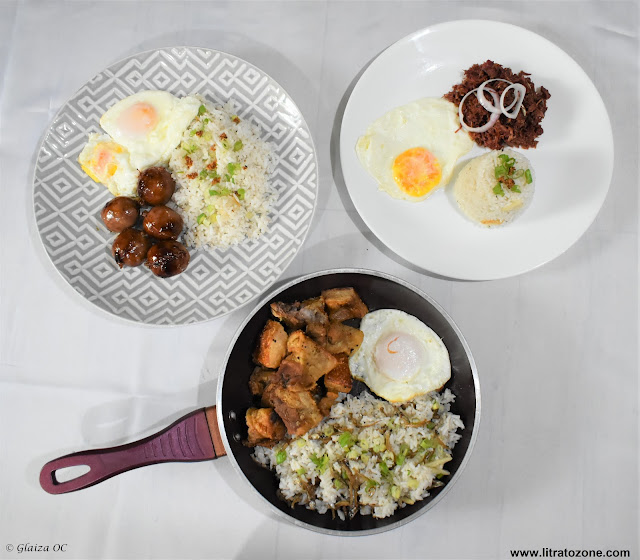A burst of flavors
It is well known that Filipinos love to eat. It may be because of this that we have a large variety of dishes. Celebrations such as birthdays, weddings, and fiestas is always a pleasure to attend because in such occasions we are able to sample different dishes. Enjoying a variety of dishes is like experiencing an explosion of flavors.
Even if there are no celebrations or parties to go to, we can still experience a feast of flavors on our regular days by having a well-curated meal. Here is a meal that will surely give you festive gastronomic experience.
This gastronomic feast is composed of chicken curry, lumpiang shanghai, rice, and leched flan for dessert.
Chicken Curry
It is believed that the Filipino curry originated from the Indian curry dish[4]. What makes the Filipino curry different is the use of coconut milk instead of yogurt. According to writer Shirin Bhandari, army private troops from Madras, India called the sepoy troops brought curry to the Philippines. These sepoy troops resided in Cainta, Rizal. As time went by, the ingredients that they brought ran out which led them to look for substitute ingredients that are available locally i.e. replacing yogurt with coconut milk[5].
Lumpiang Shanghai
From the name itself, we can easily deduce that this dish originated from China. This was brought to the Philippines by Chinese traders in the 9th century[6]. This dish is almost always present in gatherings and celebrations. In the Philippines, this is a must in gatherings where kids are present.
Leche Flan
Leche flan is the dessert that is often served in Filipino gatherings. This dessert has been in the country for centuries long time. There are many stories about the origin of this dessert and how it came to our country. It is believed that this was brought to the Philippines by the Spaniards [2].
There are also stories that leche flan was invented as a result of egg whites being used as construction material [3]. In Talisay City, Bacolod, the remains of an old building, now called "The Ruins" is said to have been built by using egg whites mixed with cement [1]. Because only egg whites were used, people had to think of a way to make use of the egg yolks. And thus, leche flan came about.
Whatever the origin of this dessert is, one thing is for sure; leche flan is still a favorite among many Filipinos.
[1] Nacianceno, P.AM. 2018 February. The Ruins in Bacolod City. Philippine Primer: The expats's guide to the Philippine lifestyle. Retrieved from: https://primer.com.ph/travel/2018/01/26/the-ruins-in-bacolod-city/
[2] ANonymous. 2016 July 23. Tropical Leche Flan. History and Culture. Retrieved from: https://historyandculturesite.wordpress.com/2016/07/23/tropical-leche-plan/
[3] Besa-Quirino, B. 2014 March 7. Leche flan and its origins. Asian in America mag.com. Retrieved from: https://www.asianinamericamag.com/leche-flan-and-its-philippine-origins/
[4] Raymund. 2014 July 17. Filipino style chicken curry. Ang Sarap. Retrieved from: https://www.angsarap.net/2013/12/16/filipino-style-chicken-curry/
[5] Bhandari, S. 2019 October 17. The Curry Trail: The Roots of Indian Flavours in the Philippines. Culture trip. Retrieved from: https://theculturetrip.com/asia/philippines/articles/the-curry-trail-the-roots-of-indian-flavours-in-the-philippines/
[6] Kagan, S. ____. Filipino lumpia recipe, video, and cooking tips. Epicurious. Retrieved from: https://www.epicurious.com/archive/cuisines/aroundtheworldin80dishes/philippineslumpiarecipe






Comments
Post a Comment